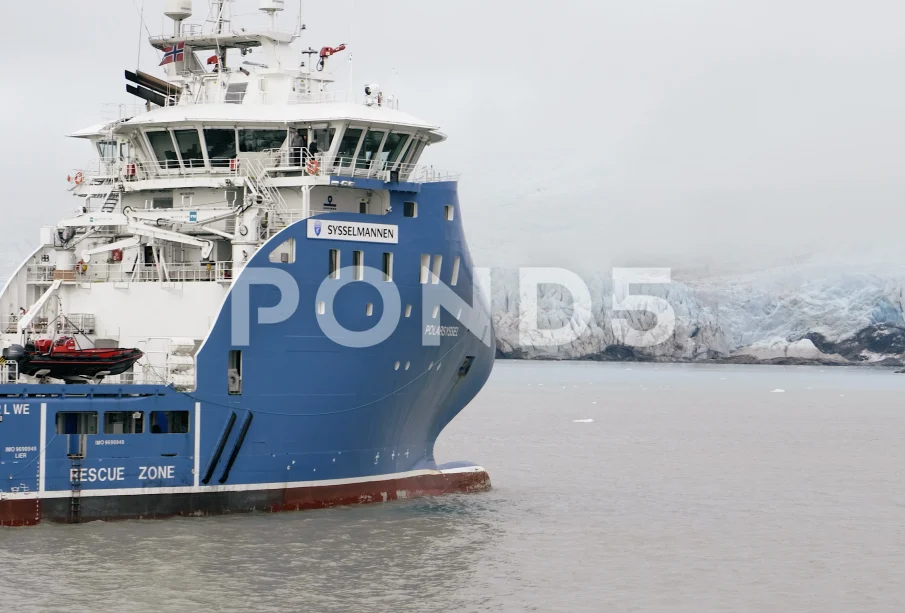Svalbard: An Overview of its Climate and Importance

Introduction
Svalbard, a remote archipelago located in the Arctic Ocean, is a territory of Norway that has gained attention for its stunning natural beauty, unique wildlife, and significant role in climate research. Its relevance has only increased in recent years due to the impacts of climate change and the scientific community’s need for observation sites that provide critical data on global warming. Understanding Svalbard’s distinct environment and the challenges it faces is important for both locals and those interested in global ecological issues.
Geographical and Ecological Significance
Svalbard is situated between mainland Norway and the North Pole, consisting of several islands with Spitsbergen being the largest and most populated. Characterised by its rugged terrain, glaciers, and expansive tundra, the archipelago is home to unique flora and fauna, including polar bears, reindeer, walruses, and various bird species. The harsh Arctic climate is changing rapidly, making Svalbard an important location for studying the effects of climate change on global ecosystems.
Current Climate Challenges
Recent studies indicate that Svalbard is warming at a rate more than twice the global average. The average temperature on the islands has increased by nearly 3°C since the 1970s, resulting in the rapid melting of glaciers and permafrost. Researchers from the University Centre in Svalbard (UNIS) and the Norwegian Polar Institute have been monitoring these changes closely, as they have significant implications for sea-level rise and biodiversity.
Tourism and Economic Impact
Despite its remote location, Svalbard has become a popular destination for tourists seeking adventure and education about the Arctic environment. In 2022, an estimated 100,000 visitors traveled to Svalbard, attracted by activities like glacier hiking, wildlife safaris, and the opportunity to experience the midnight sun and polar night. This booming tourism industry has economic benefits for the local population, estimated to be around 2,500 residents, although it also raises concerns about sustainability and environmental impact.
Conclusion
Svalbard serves as a key location for understanding climate change and its consequences. As the Arctic continues to warm, the insights gained from research conducted in Svalbard will be vital for global climate policy and conservation efforts. For those who visit or study this remarkable area, the responsibility to protect its fragile ecosystem becomes ever more critical. The future of Svalbard and its unique environment remains uncertain, but its importance as a barometer for global climate health is undeniable.







